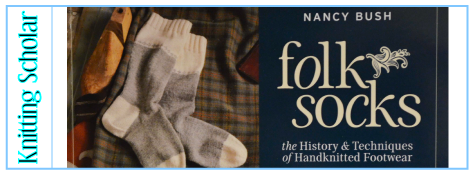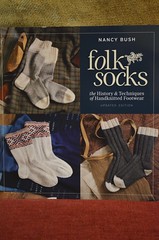It’s the second day of spring and forty degrees. Buds belonged to last week, we’re on to crimped wet leaves and forsythia.
I have been thinking about plants (vines, trees, houseplants, leaves) nonstop. What I did for my Spring Break: dreamed about plants. I don’t know how I should classify this agglomeration of ideas–it’s loose.
1) This verse from towards the end of Pindar’s 8th Nemean Ode. It’s used as an epigraph to Martha Nussbaum’s The Fragility of Goodness, and that’s how I first read it, but I turn to it over and over for the freshness of its imagery:
χρυσὸν εὔχονται, πεδίον δ᾽ ἕτεροι
ἀπέραντον: ἐγὼ δ᾽ ἀστοῖς ἁδὼν
καὶ χθονὶ γυῖα καλύψαιμ᾽,
αἰνέων αἰνητά, μομφὰν δ᾽ ἐπισπείρων ἀλιτροῖς.
αὔξεται δ᾽ ἀρετά, χλωραῖς ἐέρσαις ὡς ὅτε δένδρεον ᾁσσει,
ἐν σοφοῖς ἀνδρῶν ἀερθεῖσ᾽ ἐν δικαίοις τε πρὸς ὑγρὸν
αἰθέρα. χρεῖαι δὲ παντοῖαι φίλων ἀνδρῶν: τὰ μὲν ἀμφὶ πόνοις
ὑπερώτατα: μαστεύει δὲ καὶ τέρψις ἐν ὄμμασι θέσθαι
πιστόν.
Some pray for gold, others for boundless land:
But I pray to delight the people in my town
until I cover my limbs with earth,
praising praiseworthy things, but sowing the seeds of reproach against the wicked.
For virtue grows, like how a tree darts up to fresh dews,
uplifted among wise men
and just ones, towards the liquid sky.
But there are all sorts of needs for dear friends:
and in the midst of struggles most of all.
But joy also seeks to place trust
before its eyes.
2) I decided back in January that, if I shouldn’t have pets, I’d have houseplants, and that has been a great decision. I bought Tovah Martin’s The Unexpected Houseplant one week ago, and have read it cover to cover three times. I was afraid it might be dumb, fluffy, and skew photo-heavy/info-lite, but it’s great. My plant scheming is constant (my pinterest boards would be overflowing, but it creeps me out to see public caches of folks’ deepest desires. That’s personal.), and I can’t wait to see how they all look in 5 years. The goal is, of course, an indoor forest.
3) So, the word tender is both an adjective (soft, delicate, young), a verb (offer formally), and a noun (person-who-watches). Comes from the Latin verb tendere, to stretch or reach out, like young vine tendrils (the first two are pretty clear, but the last one: the person who tends reaches out with her mind to encompass the thing-tended).
That is so poignant. Also it is my favorite vegetable cookbook?
4) The sticky little leaves in Dostoevsky by way of Puskin
The baffling tenderness in Tsvetaeva
Hildegard von Bingen’s use of viriditas and femininity.
5) So, naturally, reading Life of a Leaf and Plant-Thinking, visiting the Arboretum in the weekdays and the Botanical Gardens on the weekend, contemplating an inane DTH op-ed, Oda a los jardineros (“Gosh, guys, Grounds does such a good job!”).





